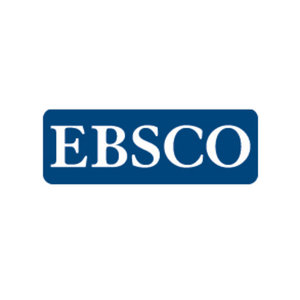Treatment of soybean seeds to control pathogenic fungi and maintain physiological quality
DOI:
https://doi.org/10.15361/1984-5529.2020v48n3p243-249Abstract
This study evaluates fungicide and insecticide treatments regarding the physiological quality of seeds inoculated with Fusarium sp., Phomopsis sojae, and Colletotrichum truncatum. The Laboratory of Plant Pathology of the Federal University of Goiás (UFG) - Regional Jataí provided the pathogens. We performed the tests of seed physiological quality, germination, and vigor at the Seed Laboratory of UFG. We evaluated the following treatments for each fungus: two controls (uninoculated seeds; untreated inoculated seeds); application of mandestrobin, inpyrfluxan and clothianidin, alone and in combination; and application of two commercial products: Standak Top® and Maxim XL®. For significant effects, we compared the means using the Scott-Knott test at 5% probability. Treating soybean seeds with mandestrobin + clothianidin; inpyrfluxan + clothianidin; inpyrfluxan + clothianidin + mandestrobin; or fipronil + thiophanate-methyl + pyraclostrobin (Standak Top®) was effective in controlling Fusarium sp. without affecting the physiological quality of seeds. Treating seeds with the active ingredients alone or in combination was not effective in controlling Phomopsis sojae and Colletotrichum truncatum, significantly decreasing the physiological quality of soybean seeds.
Published
How to Cite
Issue
Section
License
The authors, upon submitting the manuscript, agree that if it is accepted for publication, the copyright of the work will automatically be transferred to Científica: Journal of Agricultural Sciences.Opinions and concepts contained in the article and the reliability and accuracy of the information and references presented in it are the sole responsibility of the authors.









